Article published on 17/05/2021 at 0:53 (UK TIME)
Reflective Report
When I first entered the communication design major, I thought that communication design was interactive interface design. This cognition caused considerable inconvenience to my early learning process. It caused me to be incompetent to enter the state of learning for an extended period. Therefore, I research many books, articles, and videos to determine precise design concepts during my self-study time. Progressively, I recognized that communication design should concentrate on the requirements of users. In the design process, we should strive to upgrade and enhance the user experience and build the fun and playability of users. Daniel Fallman (2008) once mentioned in his article: The ultimate design goal should be innovative changes. Designers should strive to make current interactive systems that can transport users a better experience.”
After changing the design concept, I began to study the MA communication design professional knowledge in an orderly manner. I gradually mastered various practical model analysis skills and design skills. These experiences can help me better enter the design state. I can only use skills to advance my design. The design process and final output must be carried out through extensive research into the user experience.
Describe objectively what happened:
In the past four months of study in MACD, due to COVID-19, I completed all courses individually, which was a great challenge to my ability to self-discipline. In the process, I learned many analysis models based on enhanced user experience, such as the 5c model and the double diamond model. I also attempt to utilise the PACT analysis, user journey map, personas and other research methods for research users psychology. These research methods can benefit us from analysing the user pain points concealed under the perspective of user to encourage us to strengthen the user experience and requirements.
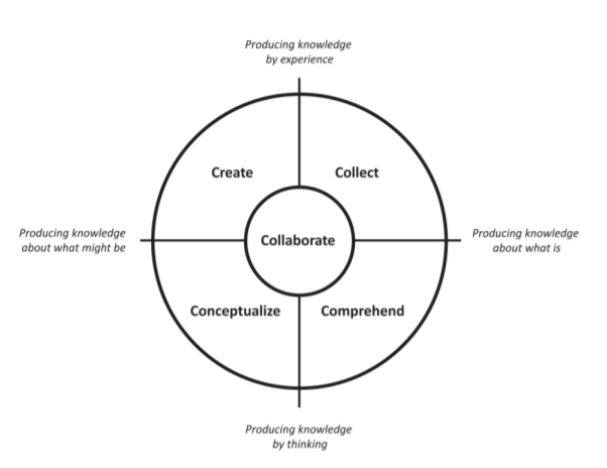
Firure 1 (Friis, S. A. K., & Gelting, A. K. G., 2014)
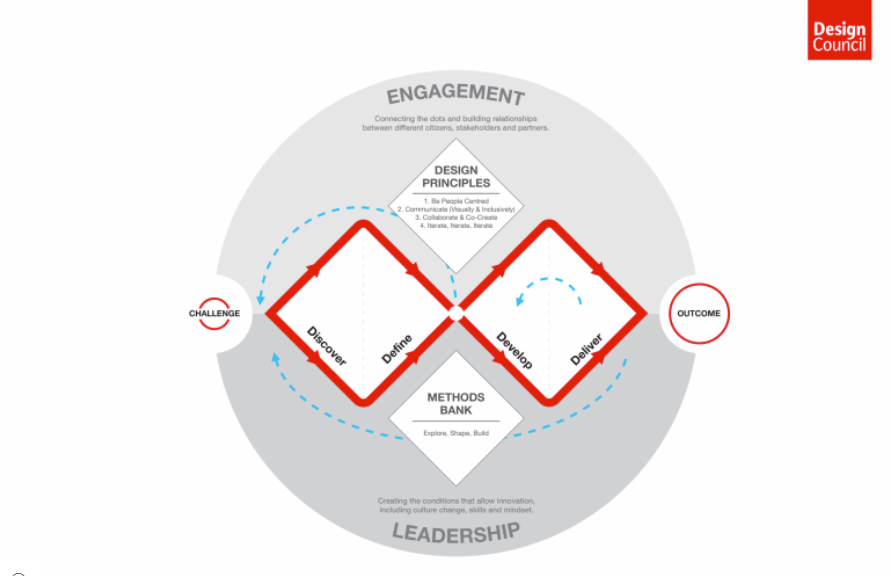
Figure 2 (Design Council’s evolved Double Diamond, 2021)
The first project of this semester is a personal map. During the conception process of this project, I repeatedly carried out design thinking iterations. From the beginning of the black and white blocks, they evolved into the colour of the hook line form. Finally, dense colour elements are applied to resolve the eventual output.
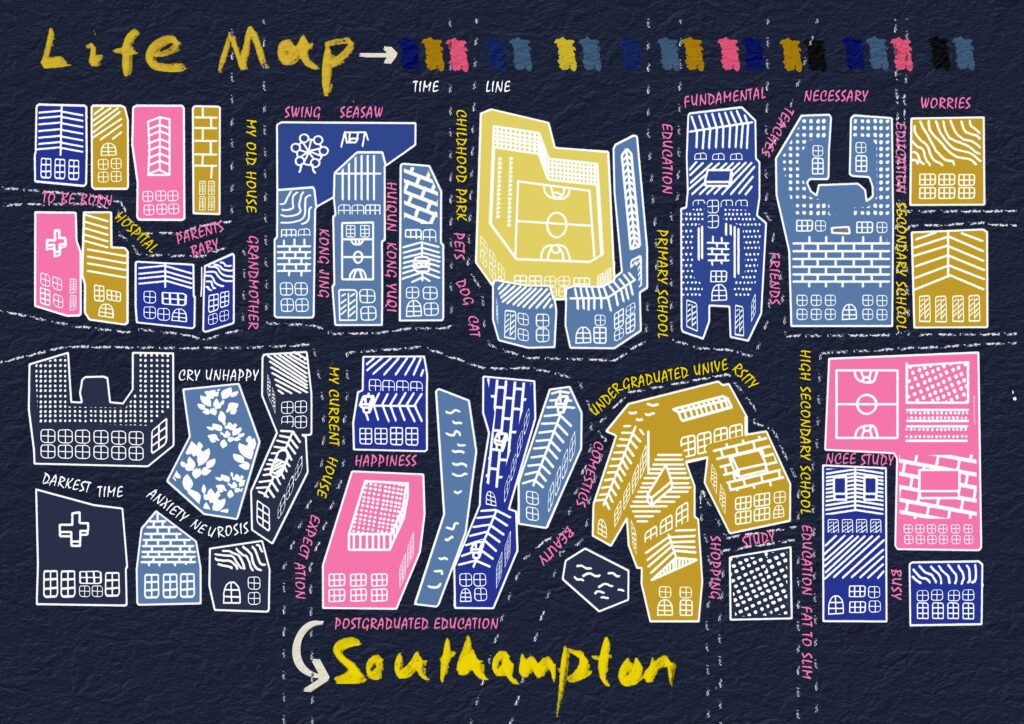
Except for the first project of this semester: personal map, the other three projects are all carried out under the guidance of user research models. I have carried out a series of project creations in the field of social and humanities. In the second project, I paid attention to analysing the consumption behaviour of cosmetic purchases by female user groups. For the first time, I used user interviews to gather user research.
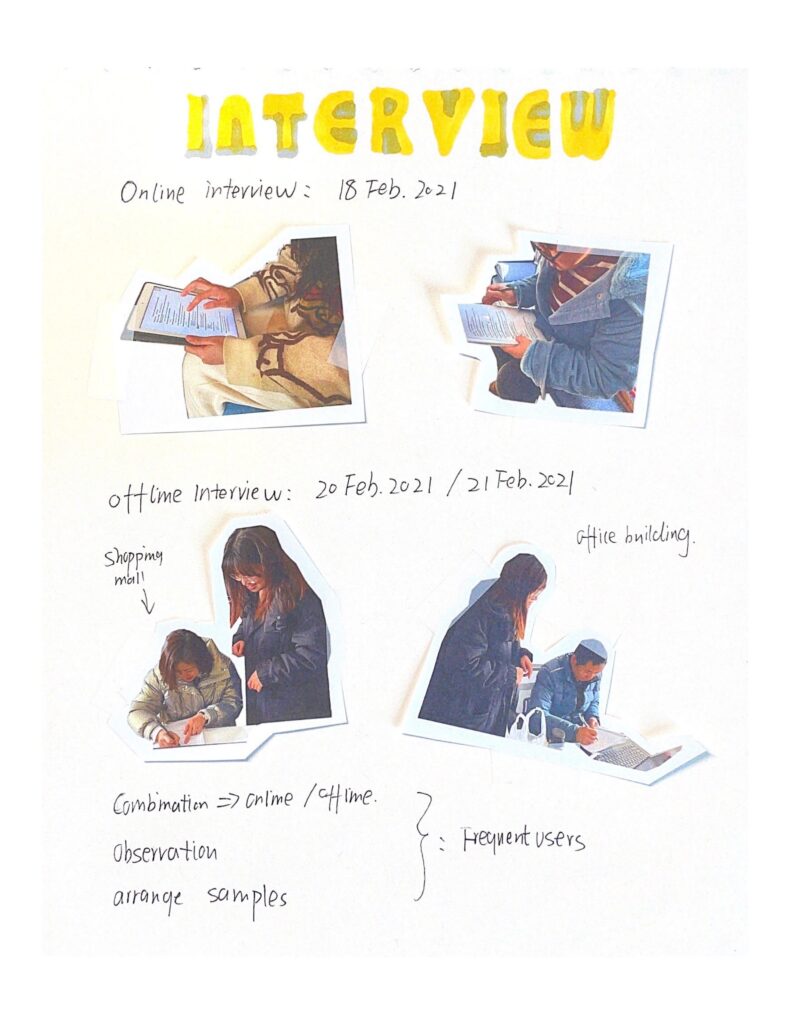
User interviews can help designers understand the requirements of users more intuitively. However, this research method will be influenced to a certain extent by the awareness of the interviewer. Therefore, in the next project, I decided to introduce more objective research methods such as secondary surveys. In the third project, I used the mobile Internet platform to research the behaviour patterns of children aged 7 to 11 and initially proposed corresponding solutions for different behaviour patterns. Finally, I try to design a low-fidelity APP interface to help children learn whether knowledge was made. The game was used to cultivate children’s awareness of independent learning and living. The fourth project is a network platform for garbage classification for international students. To completely meet the needs of users, in the preliminary stage, I proposed more solutions than just a network platform and repeatedly evaluated the rationality of these solutions. And in the design process, from low-fidelity models to high-fidelity models, many iterations of the functional interface have been carried out. In addition, user tests for specific user groups were conducted, and a lot of user feedback that contributed to the final output was obtained.
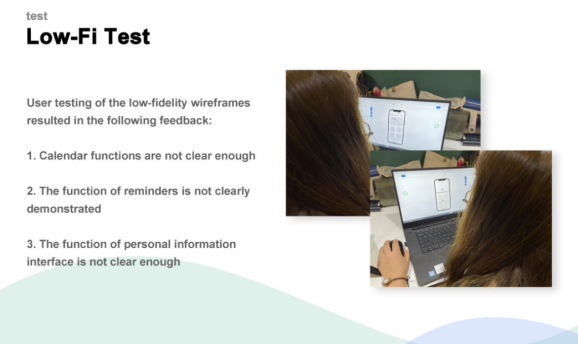
In addition to the main project study, I also read many helpful design ideas from the weekly brief this semester. I recognize that emotional resonance is crucial in the design process. We need to find the most beneficial breakthrough for the design in the constant collision of user thinking. In addition to functional improvements, aesthetic appeal is also significant for users. We need to explore the balance between beautiful appearance and practicality (Norman, 2004).
Interpret the events:
After completing this semester of study, my inherent learning concept has changed a lot. In my previous studies, including work, I used to follow the instructions of teachers and leaders to do everything. In China, teachers often provide students with ready-made user groups and solutions. Students only need to produce the final design and do not need to research user needs. This situation makes students lack the ability to think independently. There is a big difference in the instruction philosophy of design between China and the Westen country.
In the UK, due to changes in learning concepts and thinking patterns, I am more and more accustomed to establishing my design thinking and gradually evolving my ability to think independently. The study of independent review means that I cannot rely on any inherent patterns, including using design thinking models. The model could only play a guiding role in my design research in a macro sense. I should try to sum up a more suitable research method to serve the user group based on the current research template in specific details. It is an immense challenge for me. The summary is based on a lot of reading and practice, so I continually read further expert documents and works and iterate on the design to derive lessons from it to optimize my research methods.
Evaluate the effectiveness and usefulness of the experience:

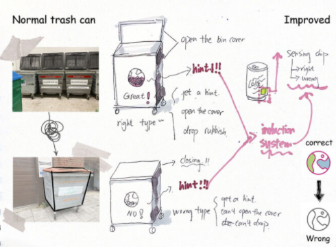
For the field of communication design, the ultimate design goal is to focus on improving user needs. The iterative design can effectively help me accomplish my goals based on maintaining the basic thought structure. However, in the course of practice, I found that once the number of iterations is too large, I cannot deviate from the original design concept. For example, in project four, to improve the convenience of international students in sorting garbage, I tried to change the outer packaging of the product and used eye-catching signs to remind international students: what kind of garbage is this. But I neglect the environmental factors. Over-printed product packaging may cause environmental pollution. It is contrary to my original idea of helping international students to establish eco-friendly habits.
This failed iterative process made me recognize that no matter how divergent thinking, the “people-centred” concept cannot be changed. But this does not mean that we have to imagine ourselves as users in the design process completely. The proper approach is to analyze the user’s pain points from the user’s perspective, find the problem, and solve the problem (Norman, 2005).
No matter what kind of design concept, research models exist to help us serve users. Experts in related fields sum up these theories after myriad design practices. However, these theories are always derived from the design experience of others. Different countries and different life experiences will cause a certain degree of deviation in people’s understanding of design. When we use it, we can use the thinking experience of the forerunner to help us think. But you cannot entirely rely on other people’s thinking templates. It will not only fail to realize the design but also limit our thinking
Plan how this information will be useful to you:
Through this semester’s study, I attempted to establish my design thinking for communication design. Maybe this is not entirely accurate design thinking, but I will continue to advance my design thinking and research methods in future studies. Under the framework of keeping the basic theory of “people-centred” unchanged, try more enhanced design possibilities. Maybe this requires me to spend more time iterating my design ideas, but the first task as a student is to research and investigate constantly. The projects in the student days often do not require us to put into practice, which is very conducive to our diversification of design thinking and better provides a solid theoretical and practical foundation for future work.
Maybe in the next semester of study and life, I will be able to communicate face to face with my classmates. And cooperate with my classmates on some professional projects. Past work experience tells me that rich and effective teamwork is beneficial to the achievement of design results. Collaboration could enhance efficiency while cultivating students’ communication skills. Communication between people is another form of interaction.
In the future, I will use optimized research methods to get more in-depth user psychology. And establish a more logical interactive mode. I will work hard to reward my past design experience in the 3D field for the change and optimization of the design communication design. I understand that this “cross-border” thinking combination will also present me differently from other designers. I will also propose breaking away from students’ thinking and creating design results suitable for business operations and can be truly put into the market.
Reference list
Design Council. 2021. What is the framework for innovation? Design Council’s evolved Double Diamond. [online] Available at: <https://www.designcouncil.org.uk/news-opinion/what-framework-innovation-design-councils-evolved-double-diamond> [Accessed 16 May 2021].
Norman, D. A. (2004). Emotional design: Why we love (or hate) everyday things. Basic Civitas Books.
Norman, D., 2005. Human-centered design considered harmful. Interactions, 12(4), pp.14-19.
Fallman, D. (2008). The interaction design research triangle of design practice, design studies, and design exploration. Design issues, 24(3), 4-18.
Friis, SAK & Gelting, AKG 2014, ‘The 5C Model’, Paper presented at DesignEd Asia Conference, Hong Kong 2014, 02/12/2014 – 03/12/2014.